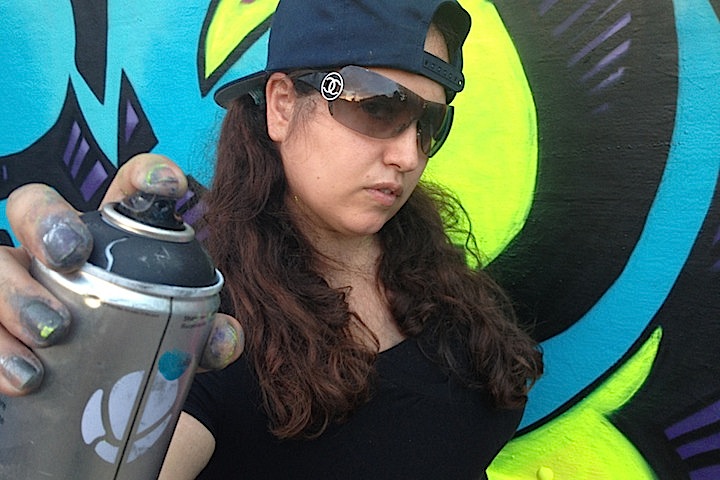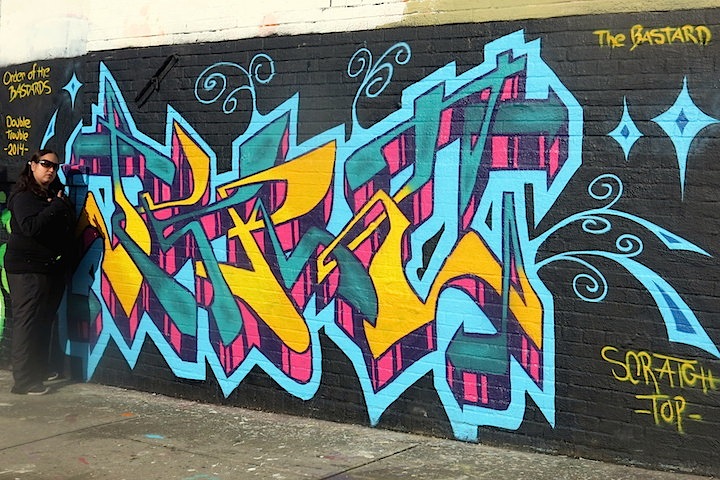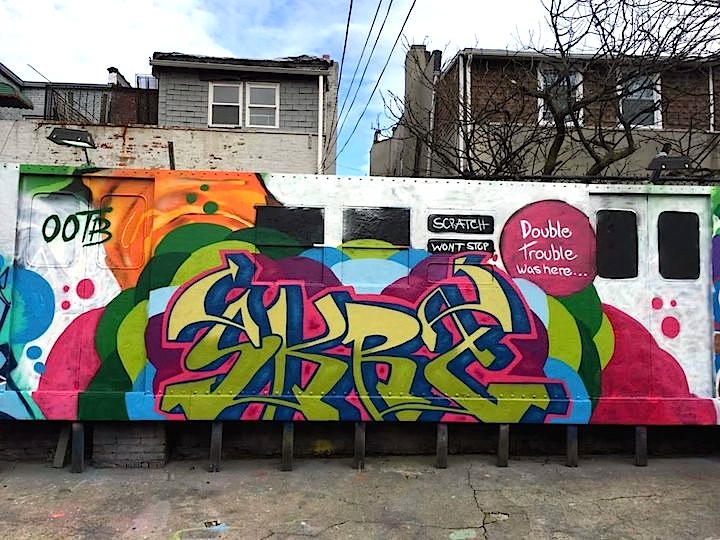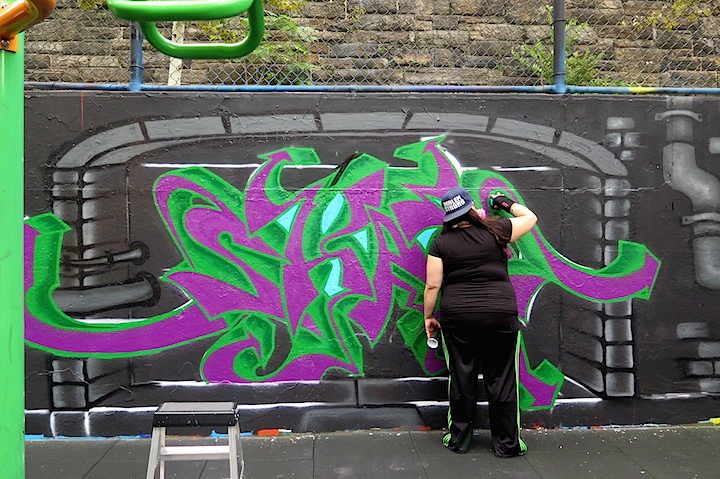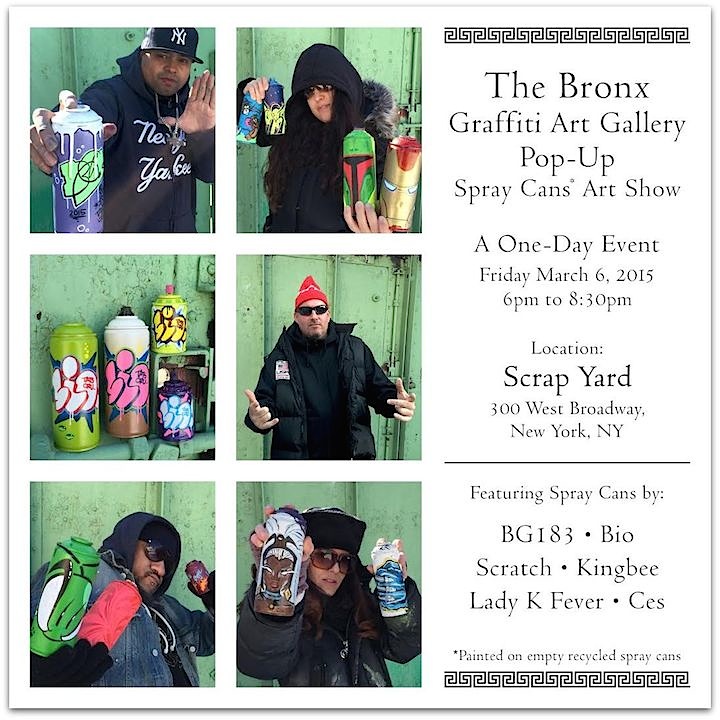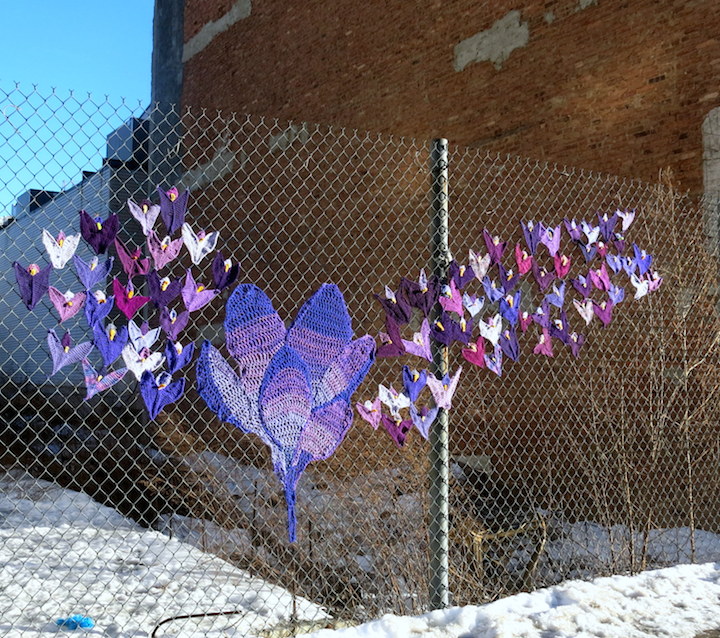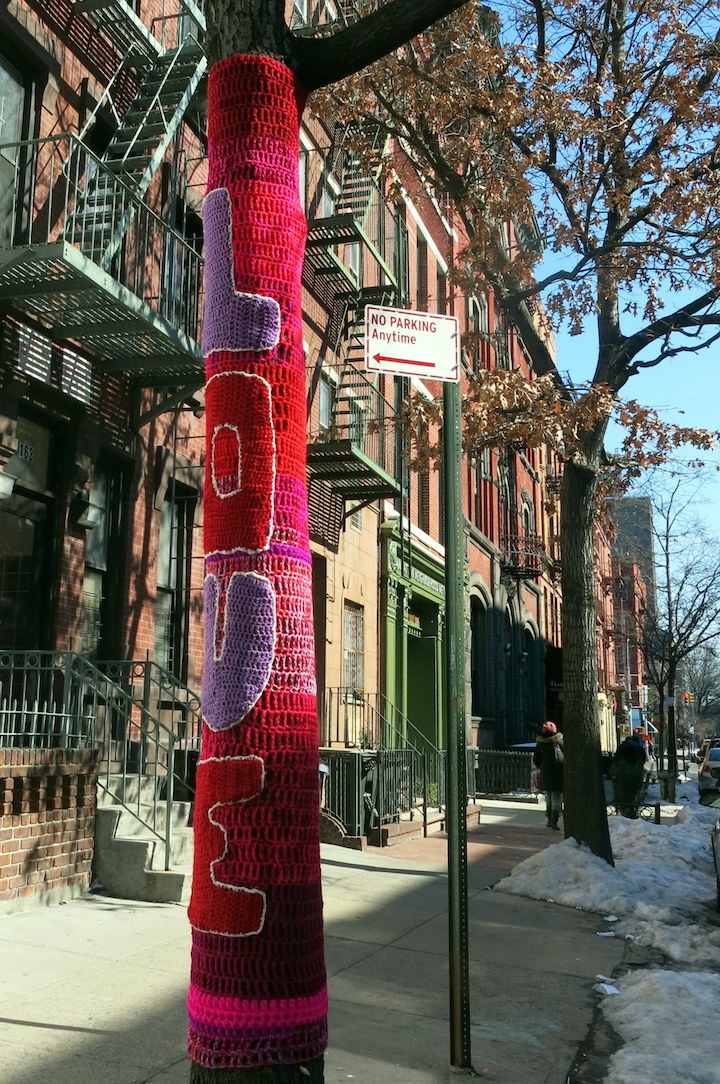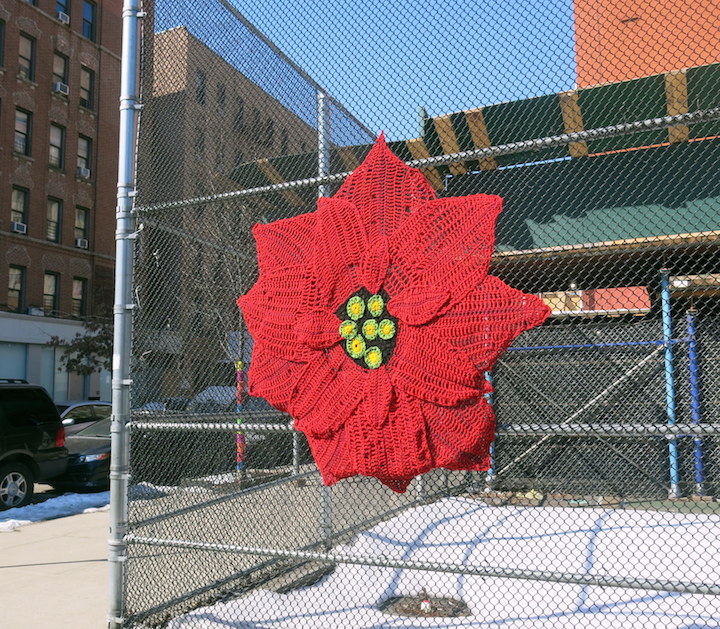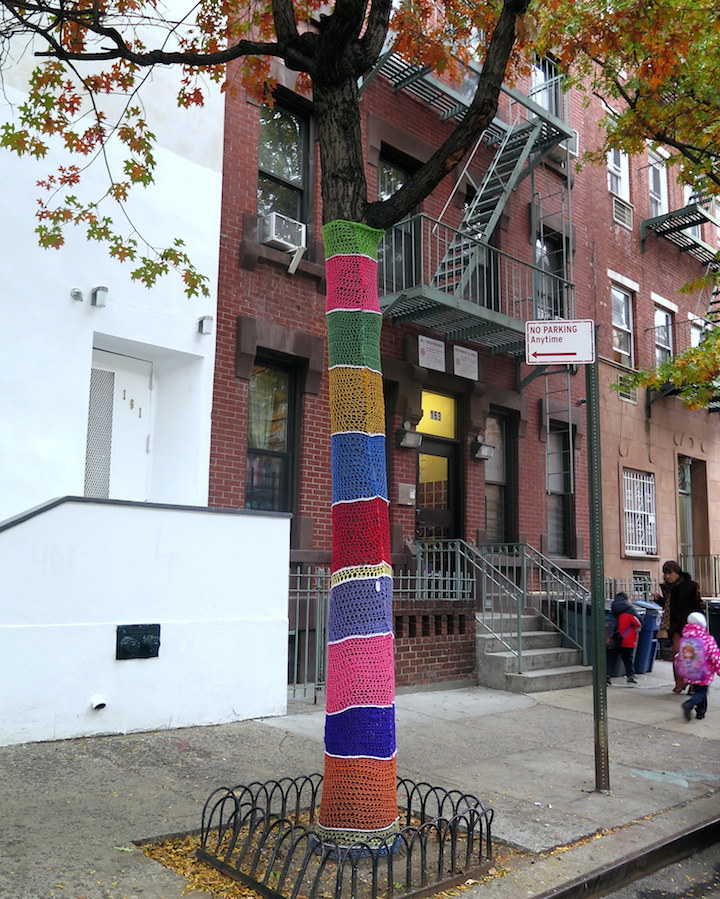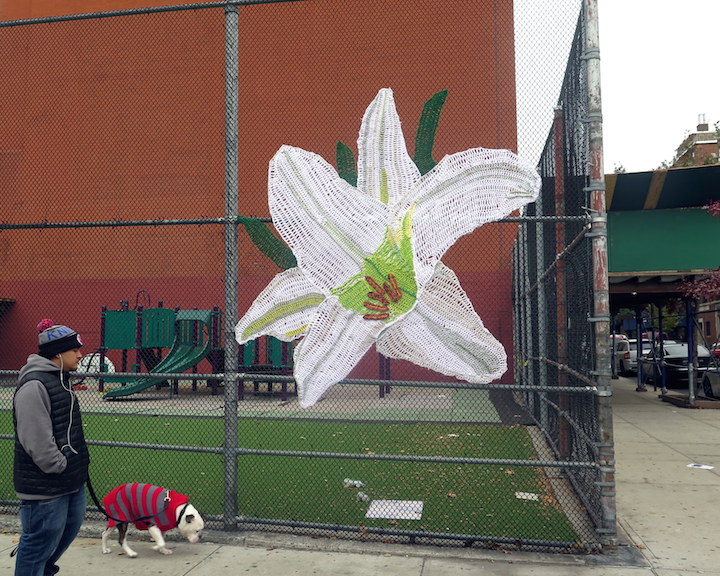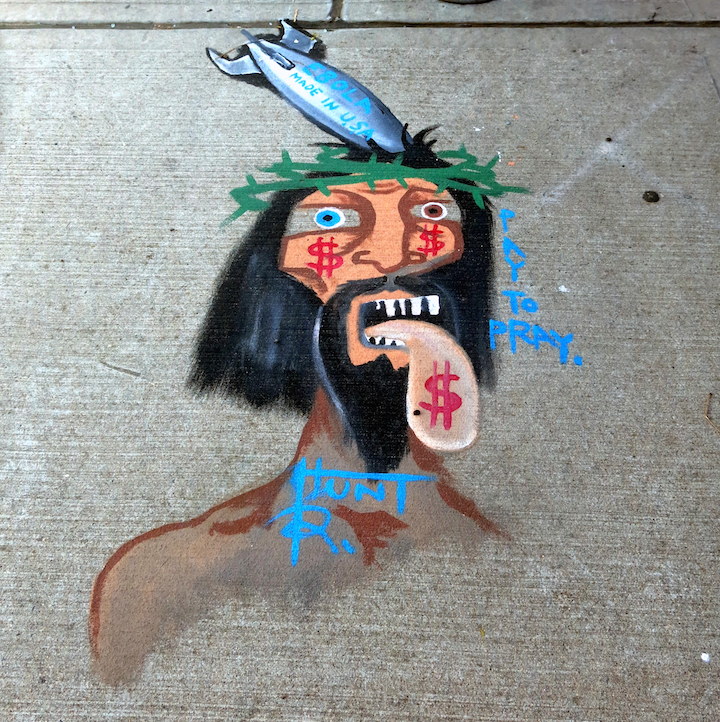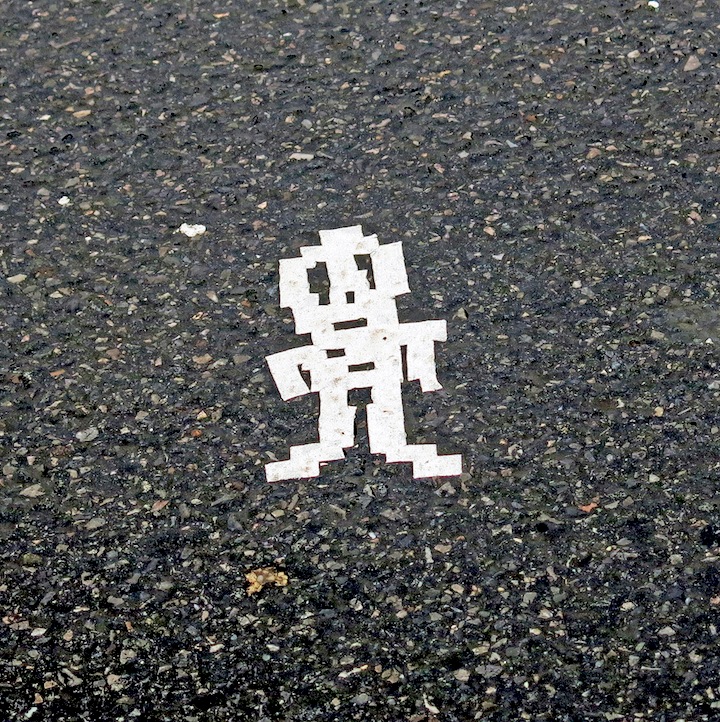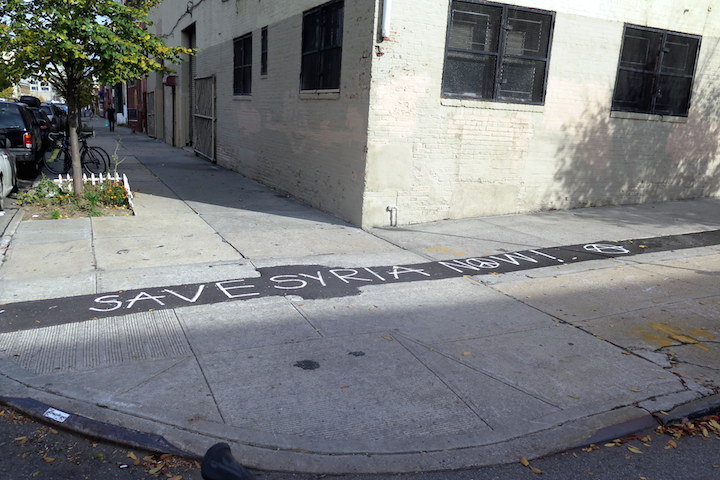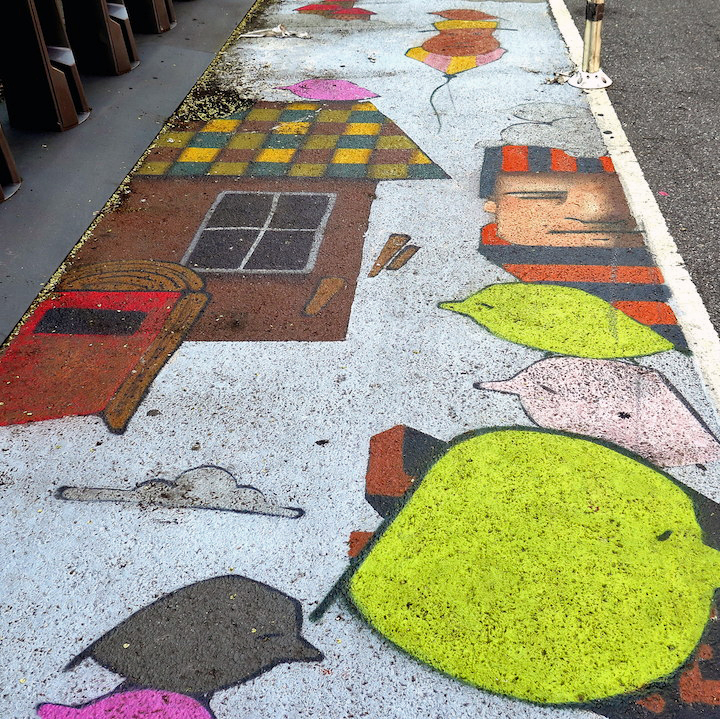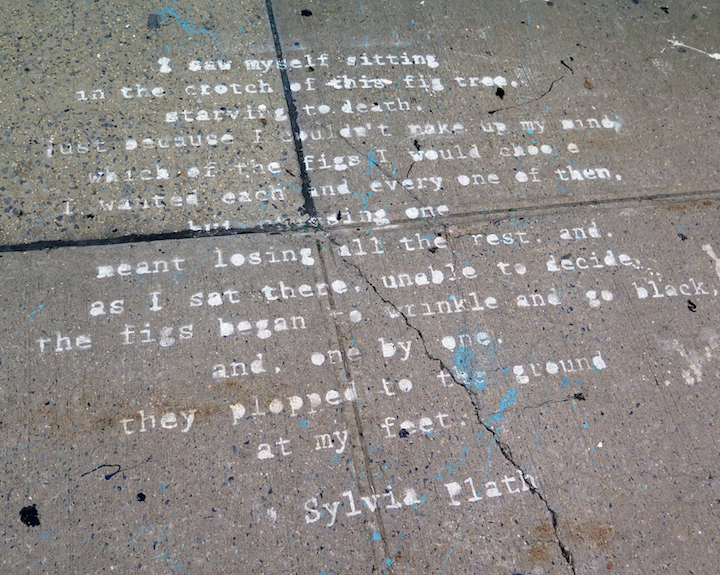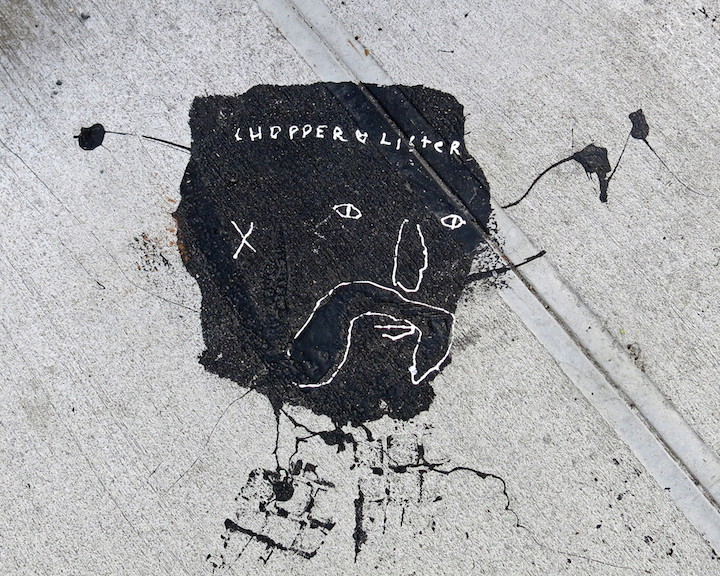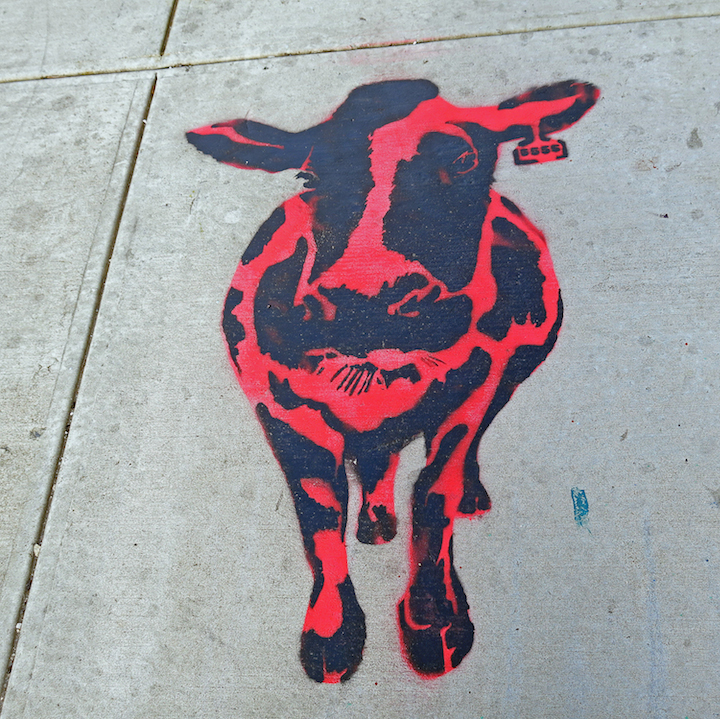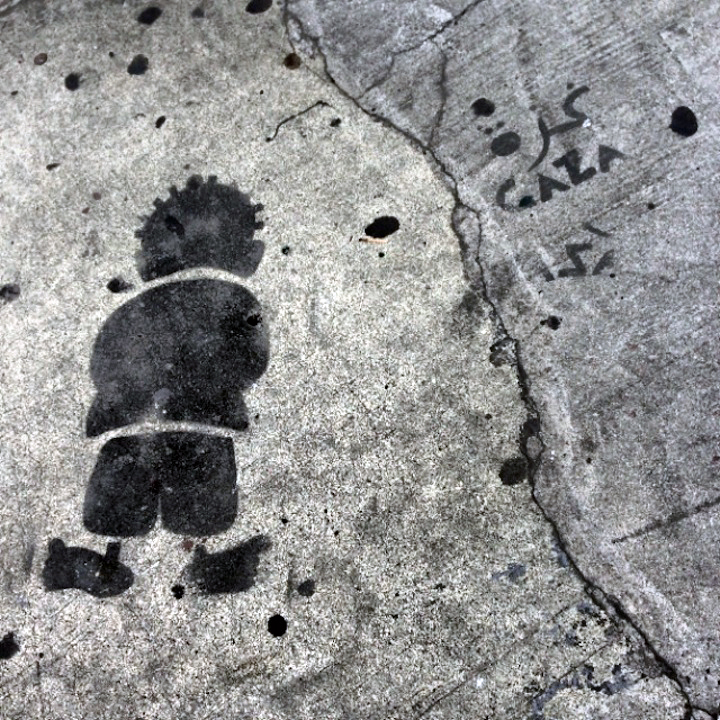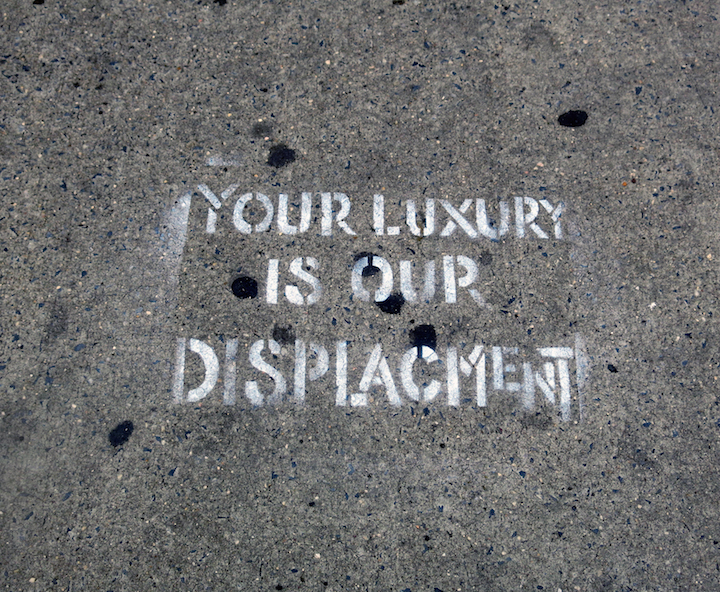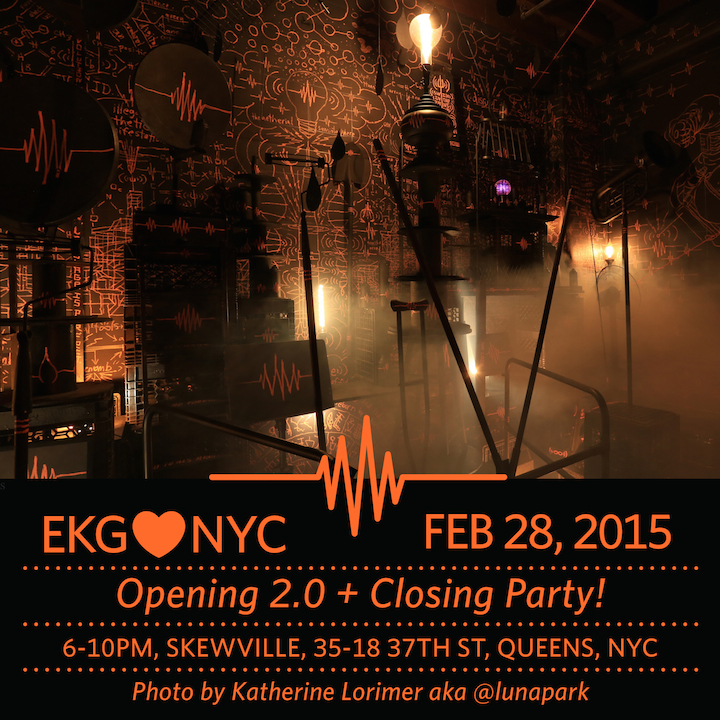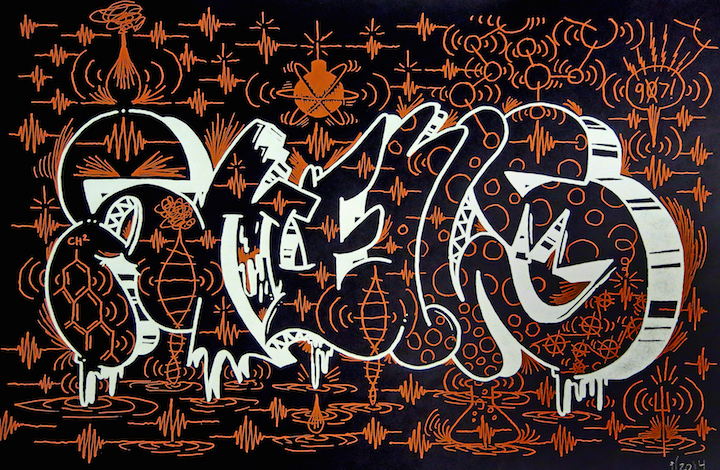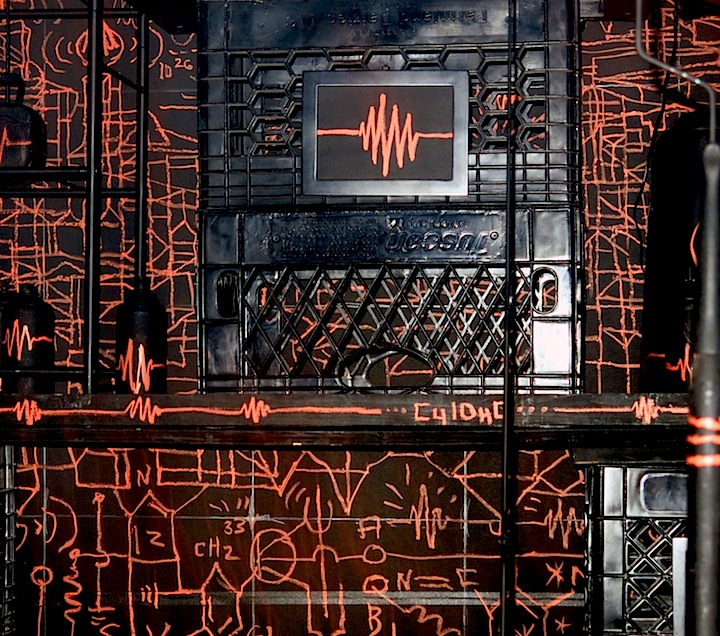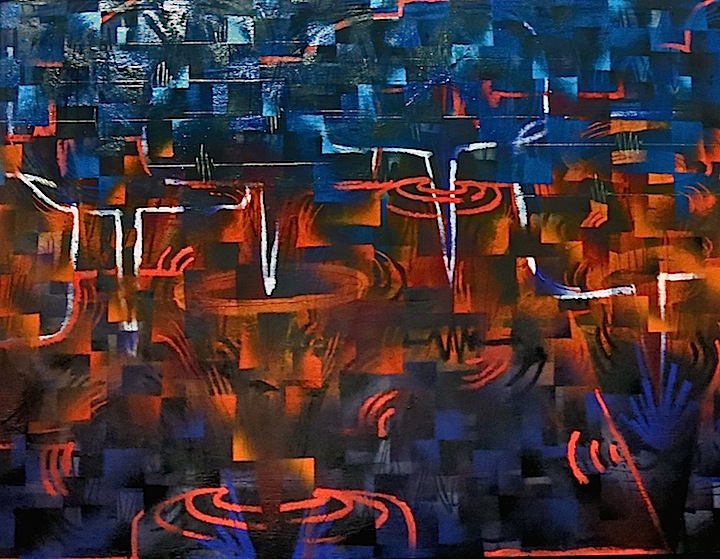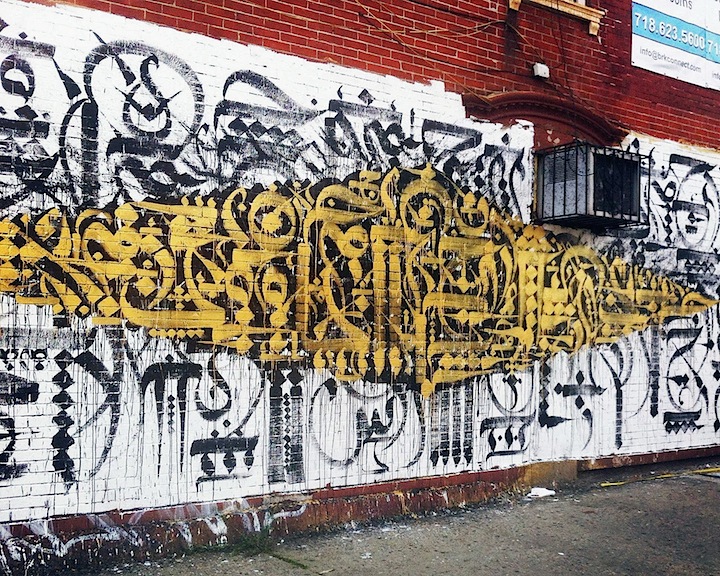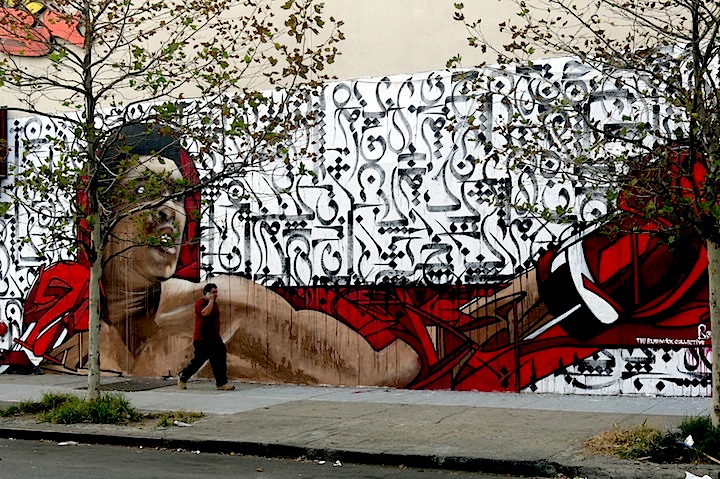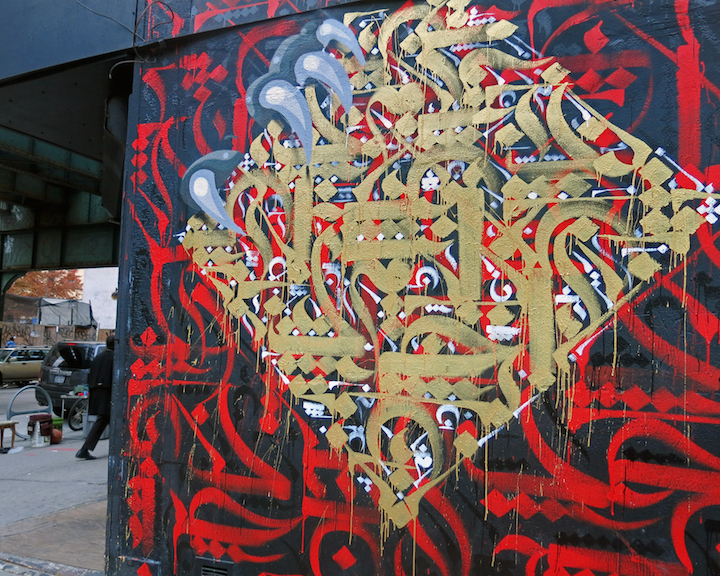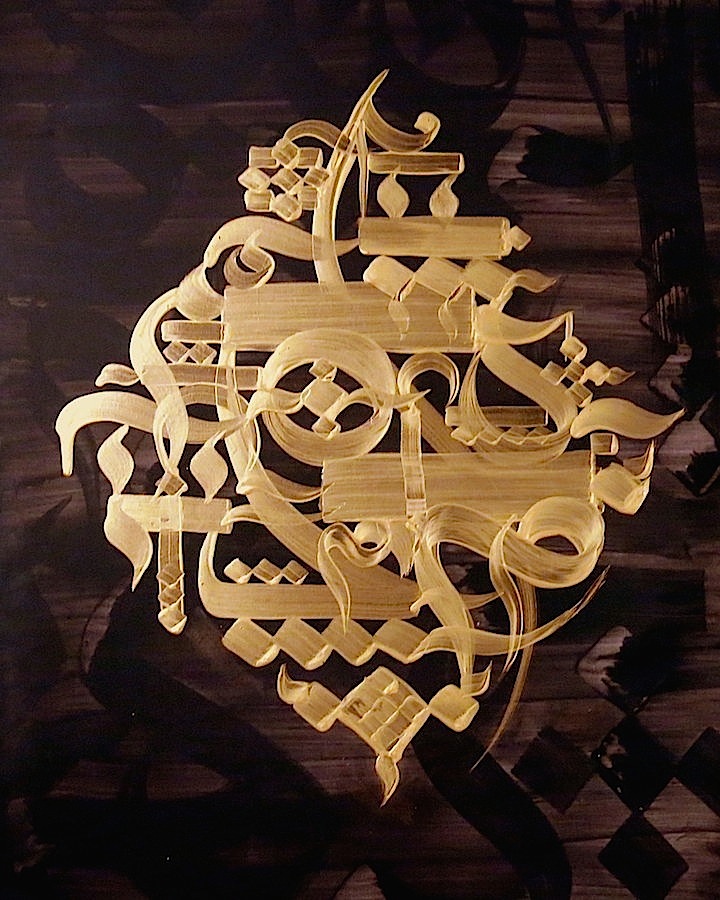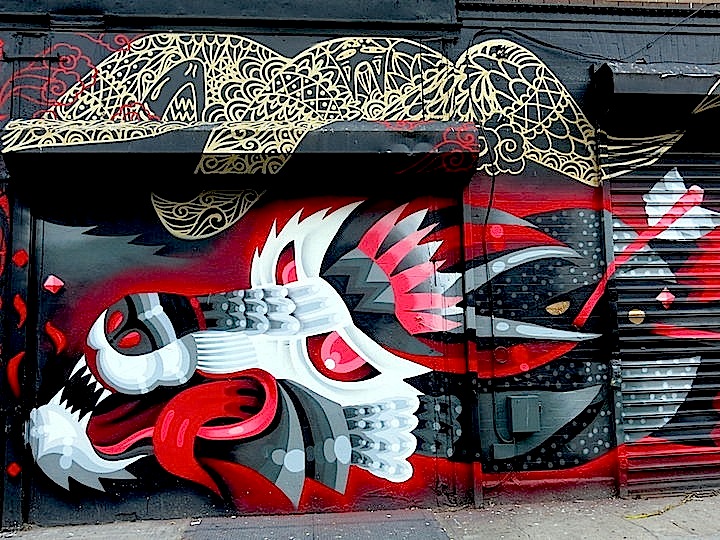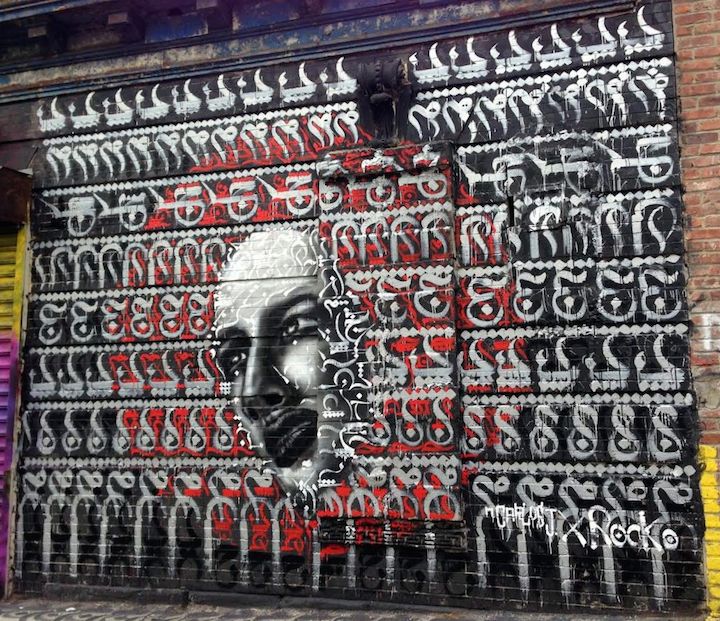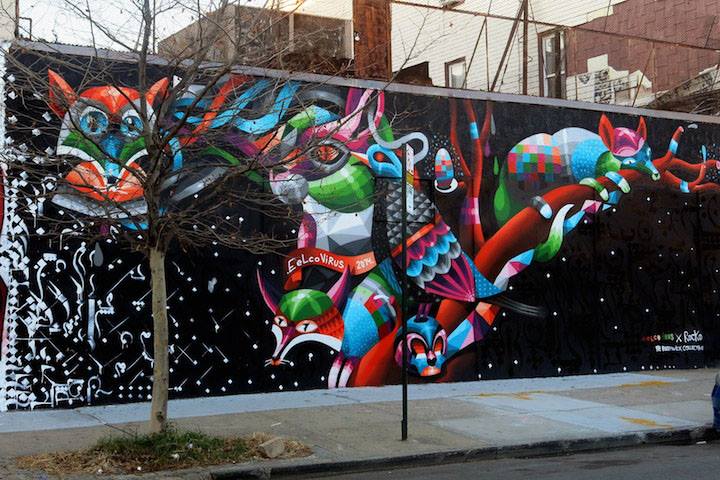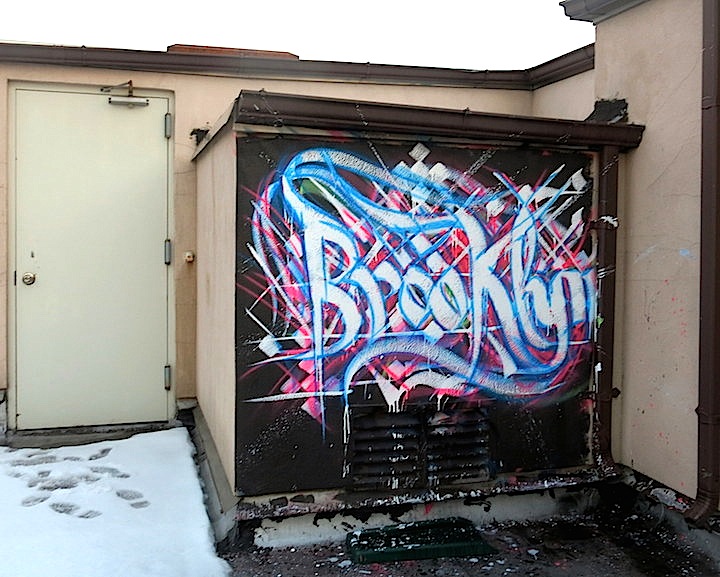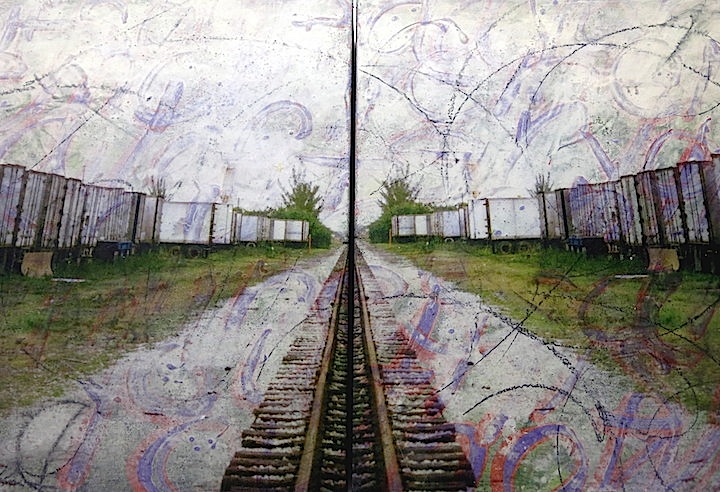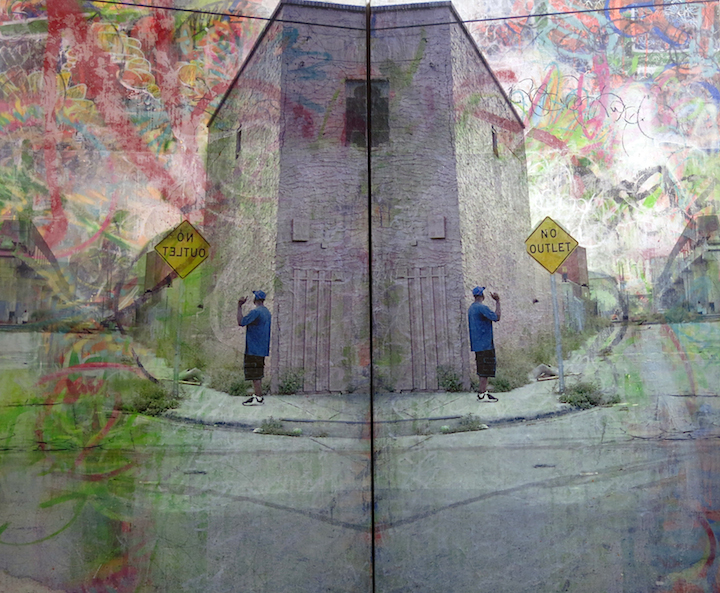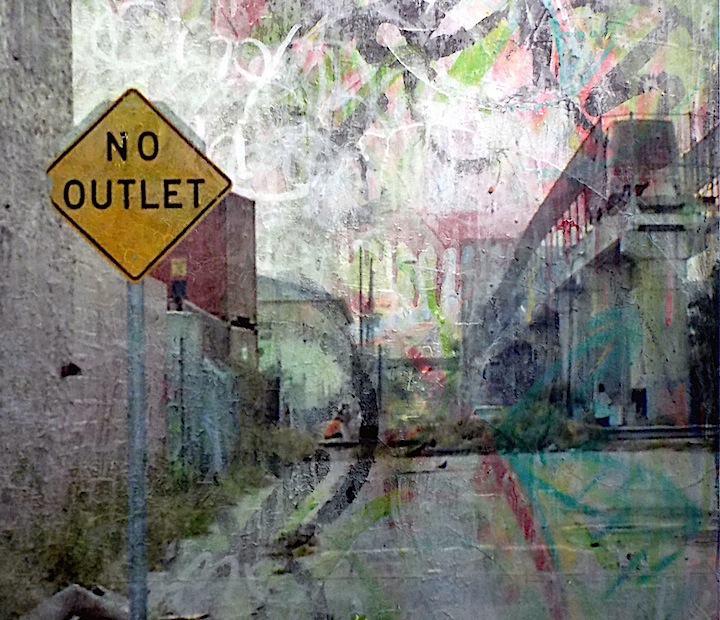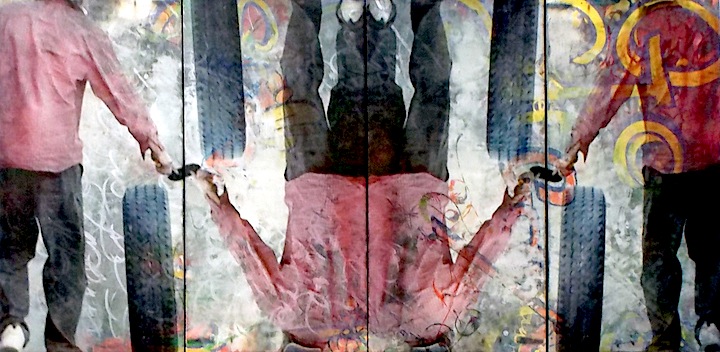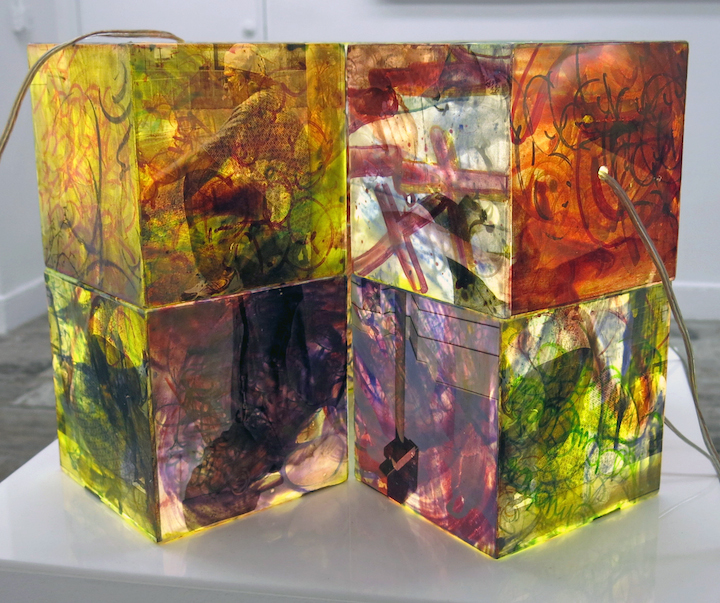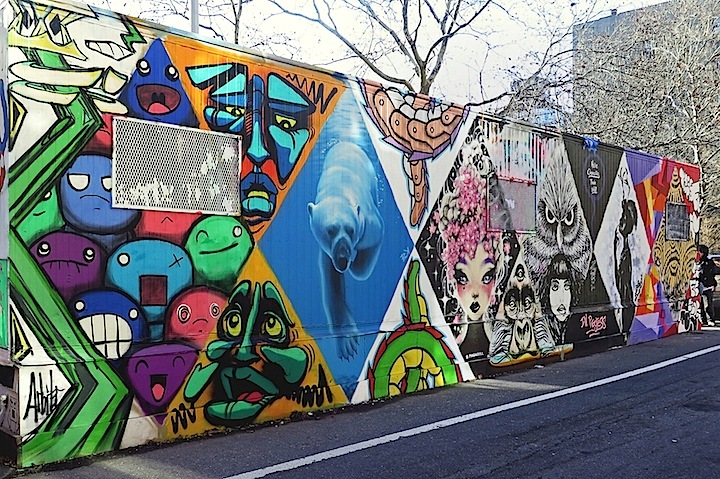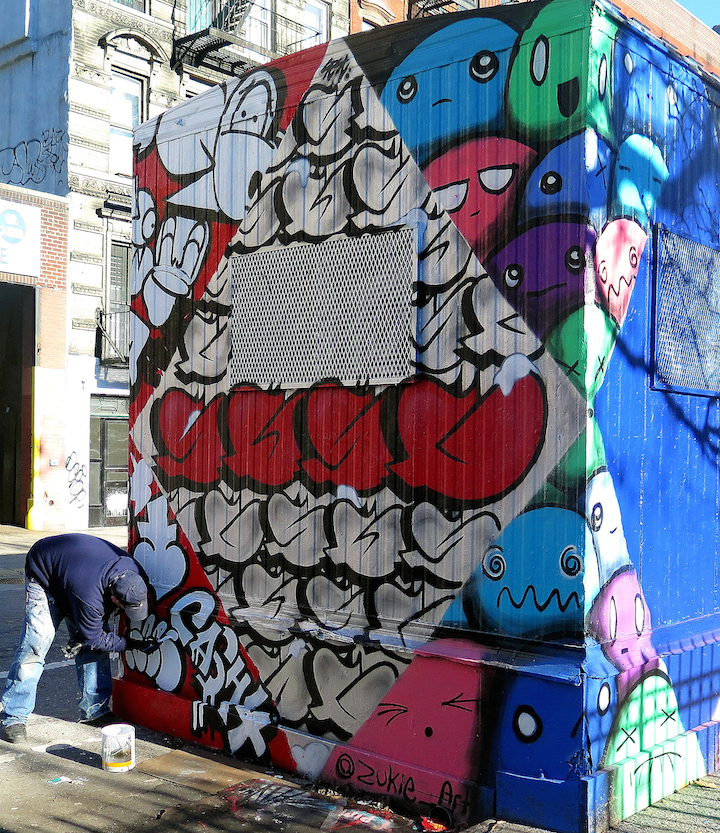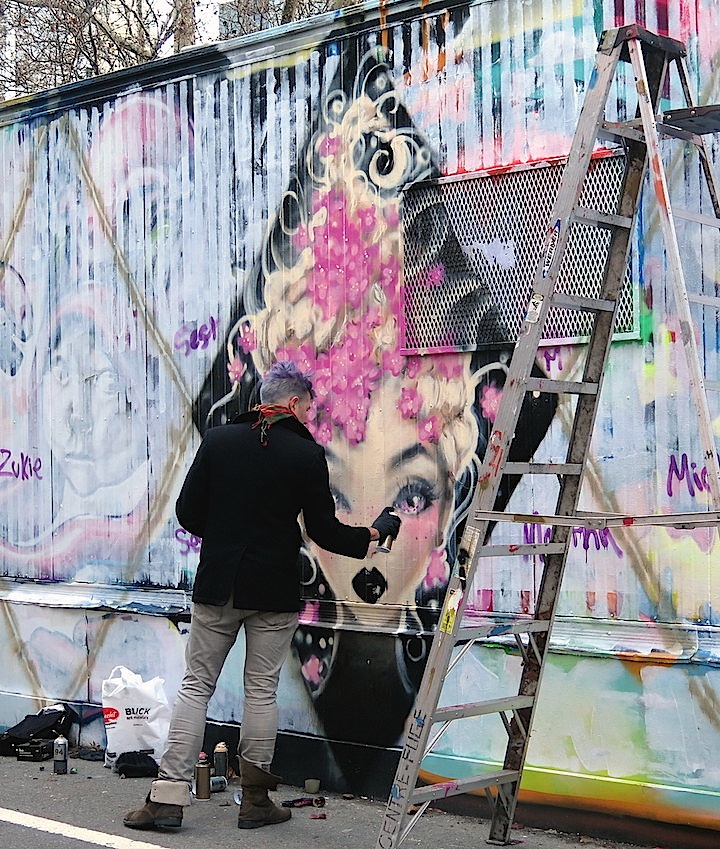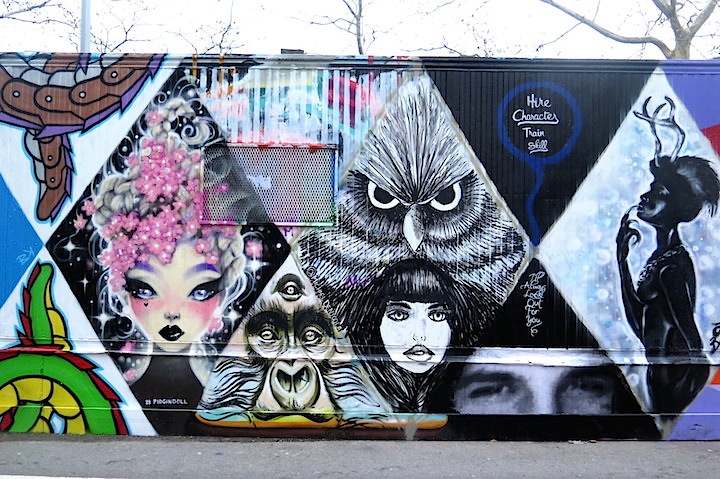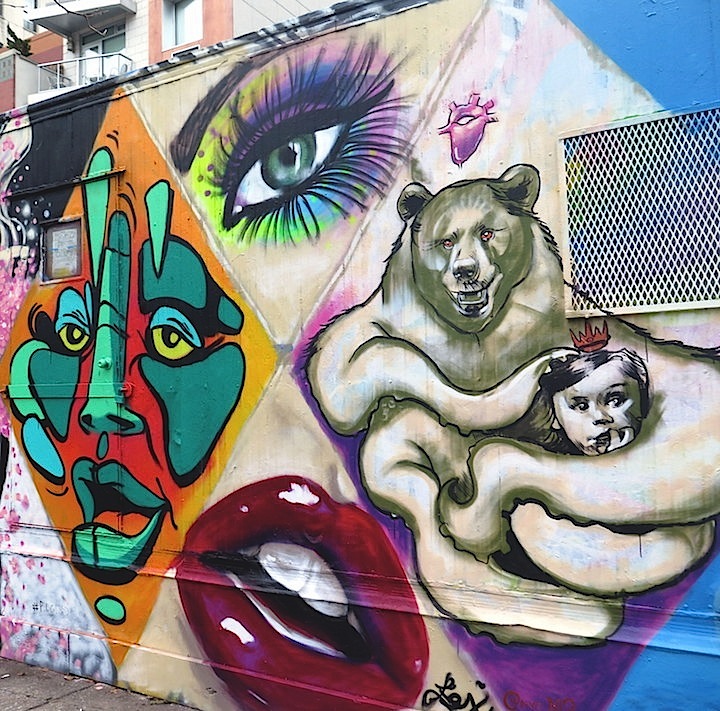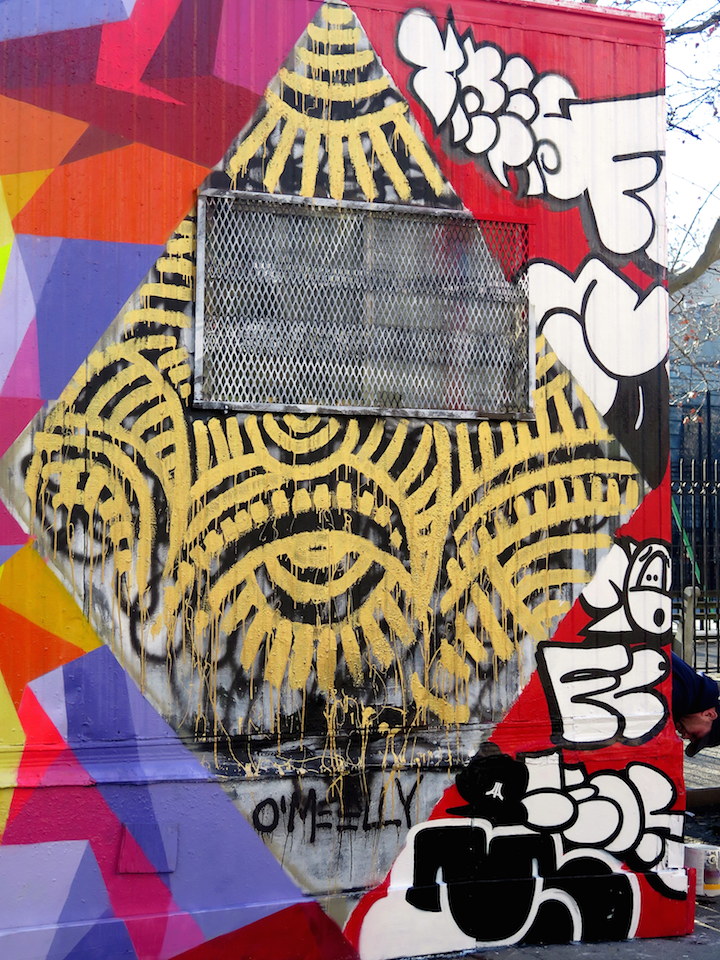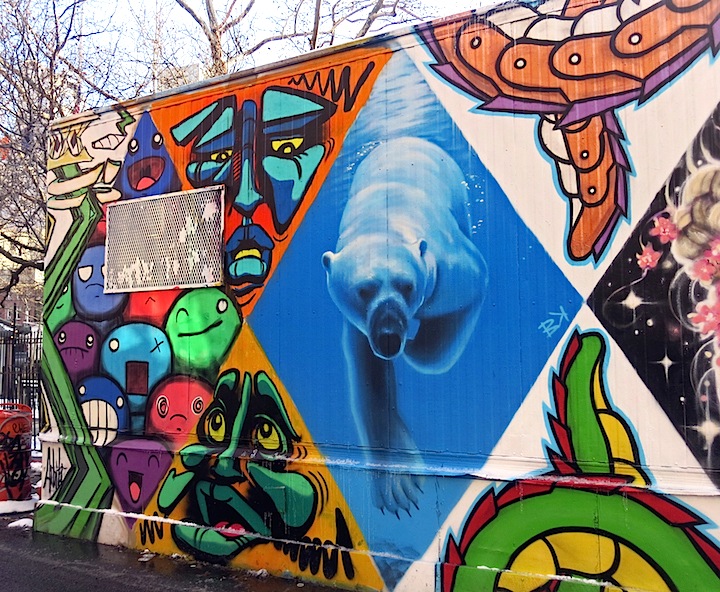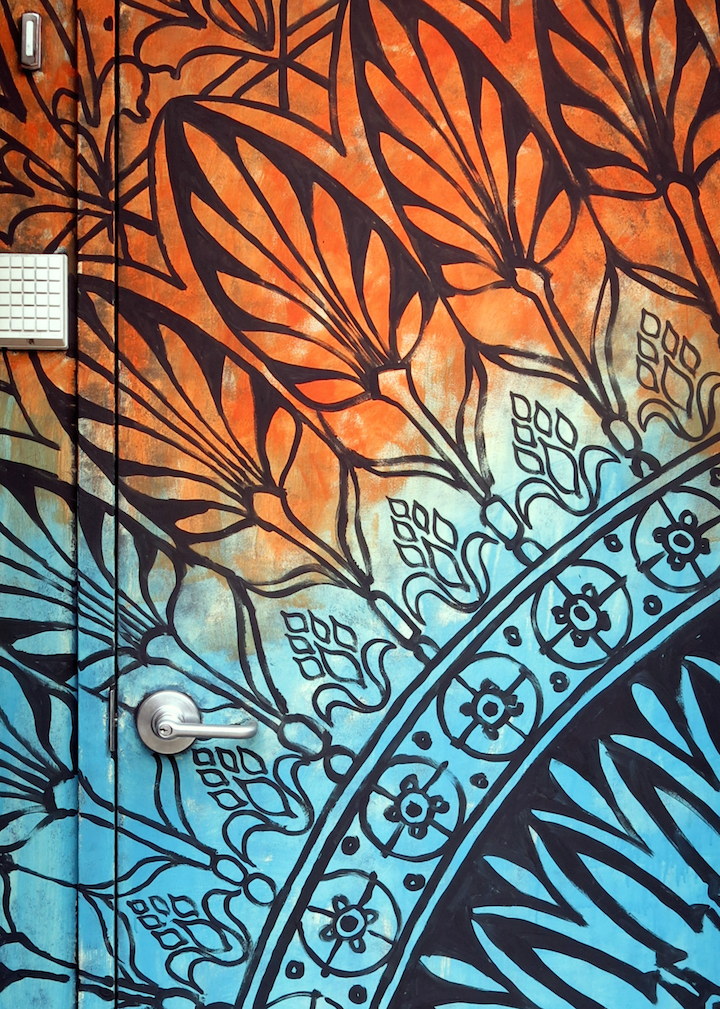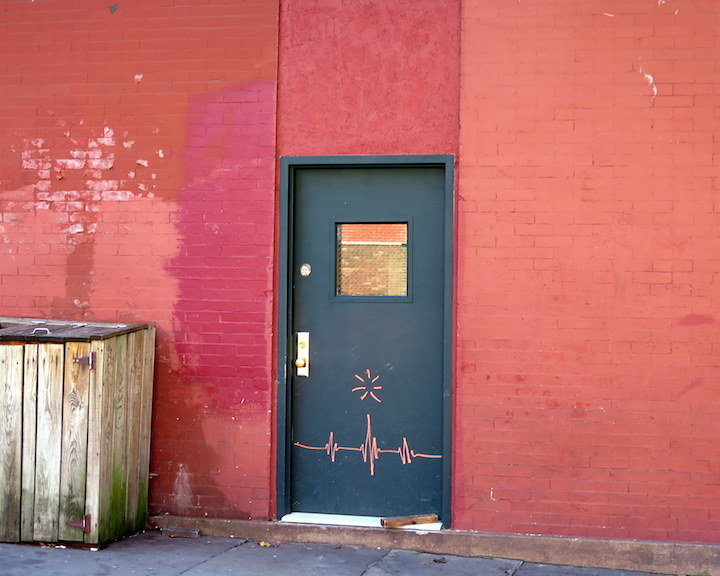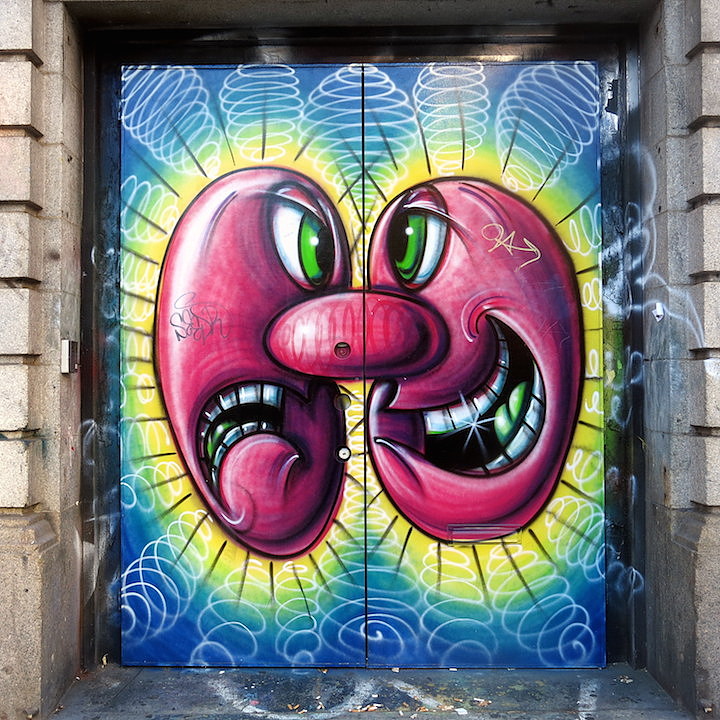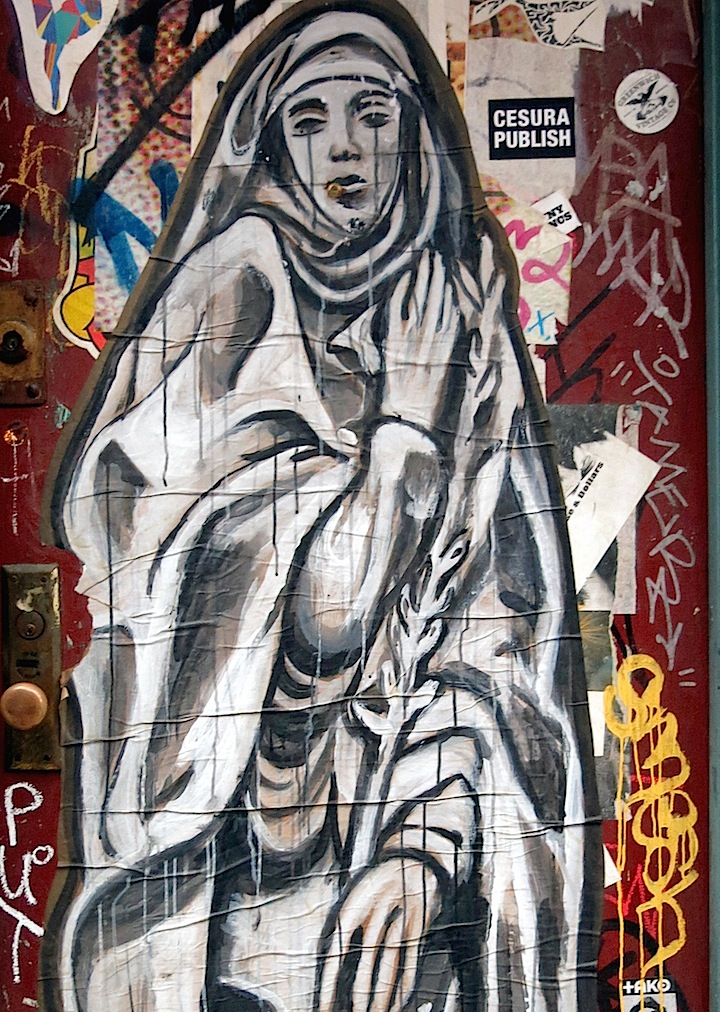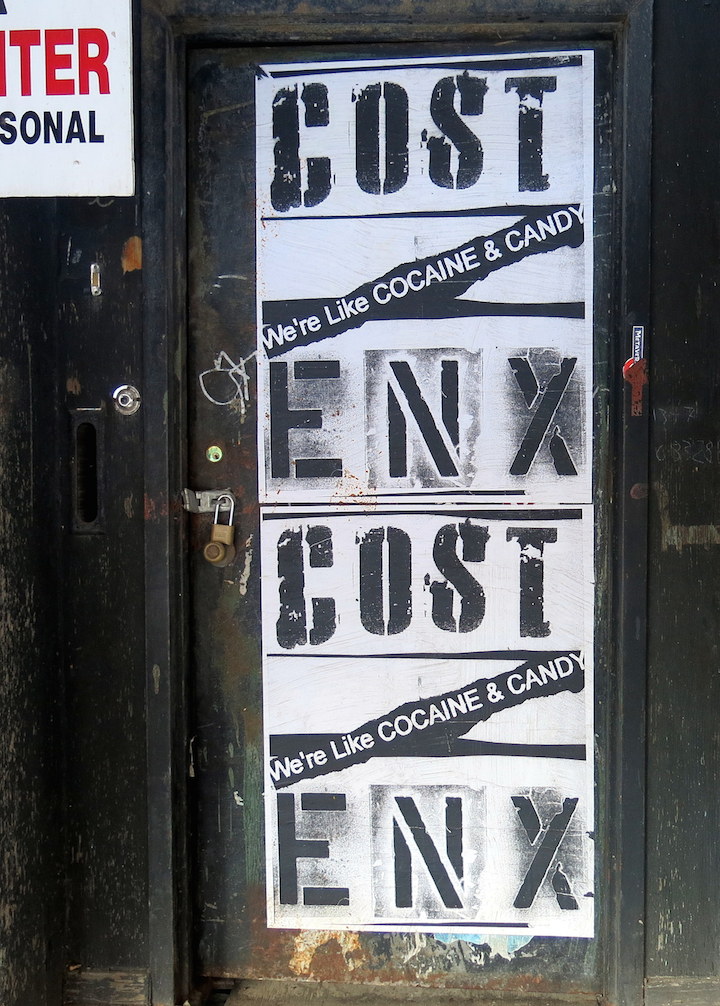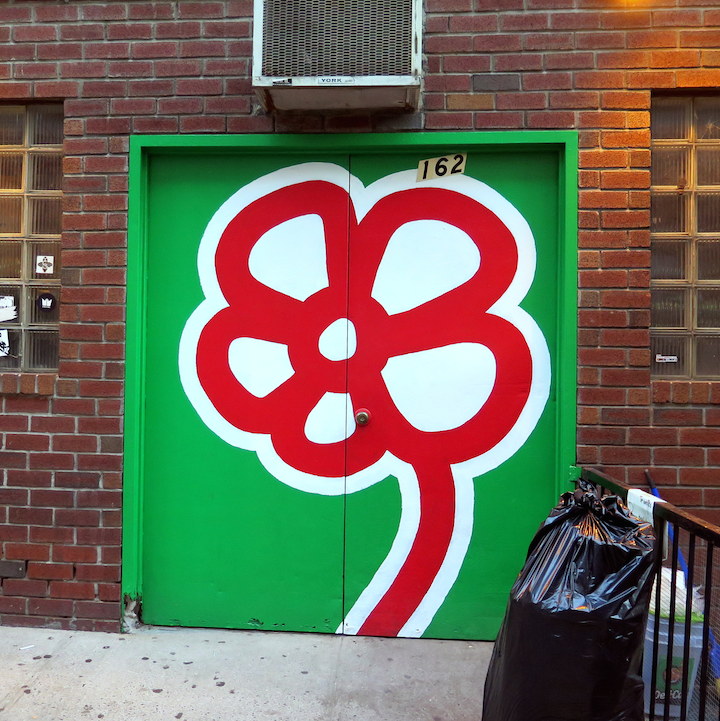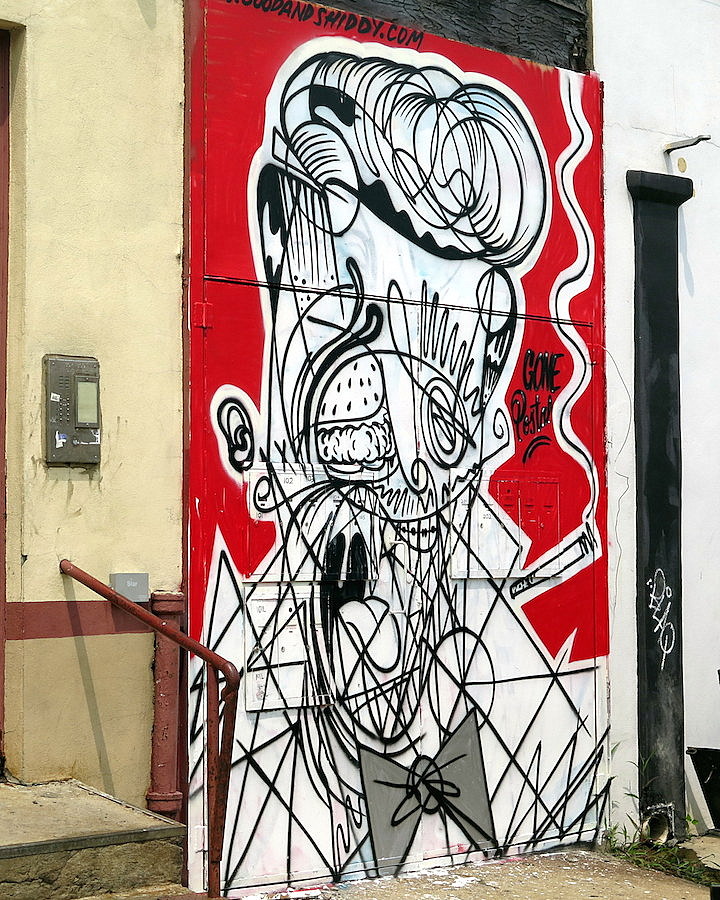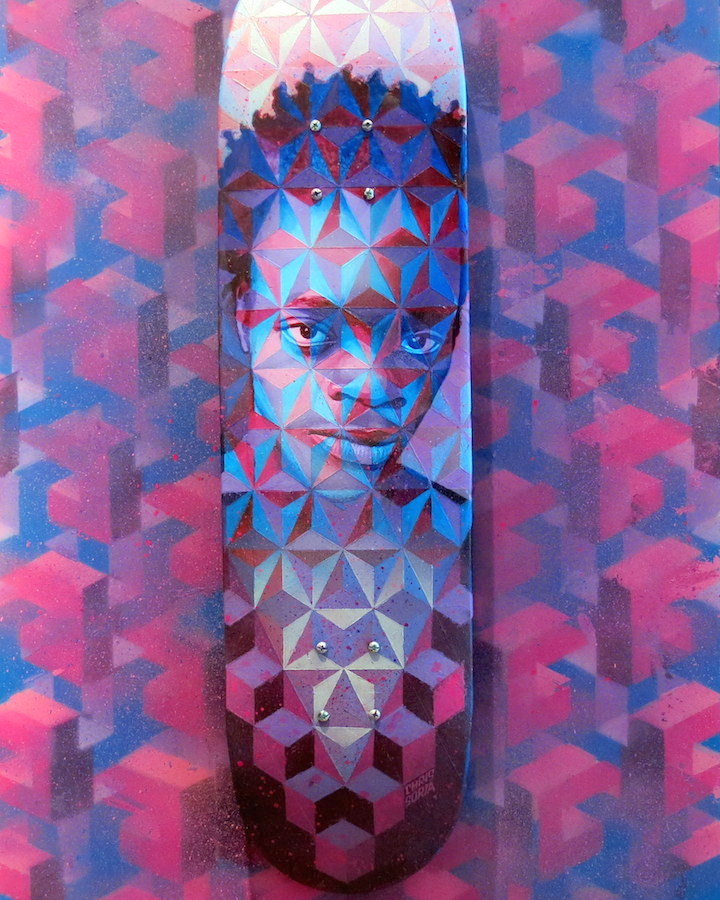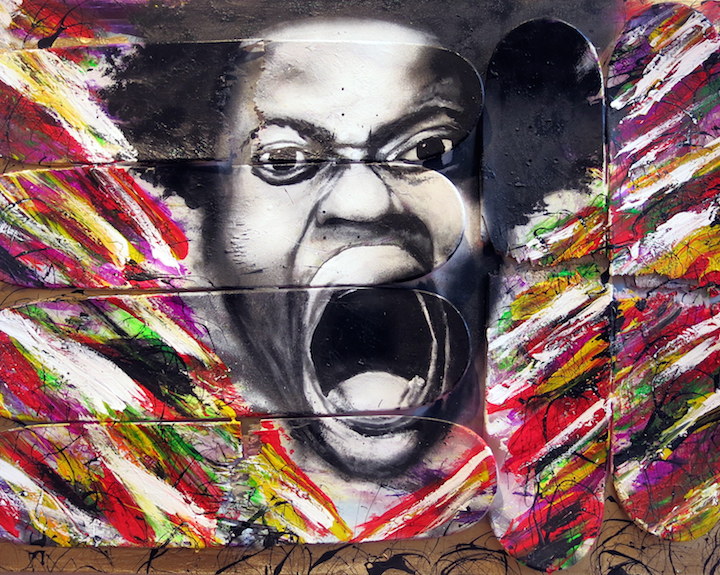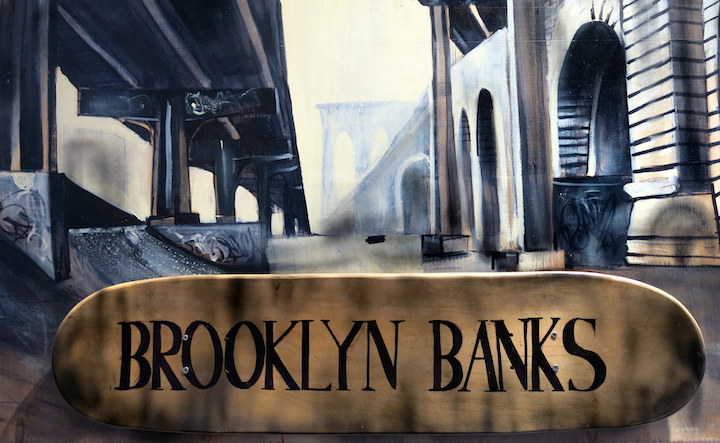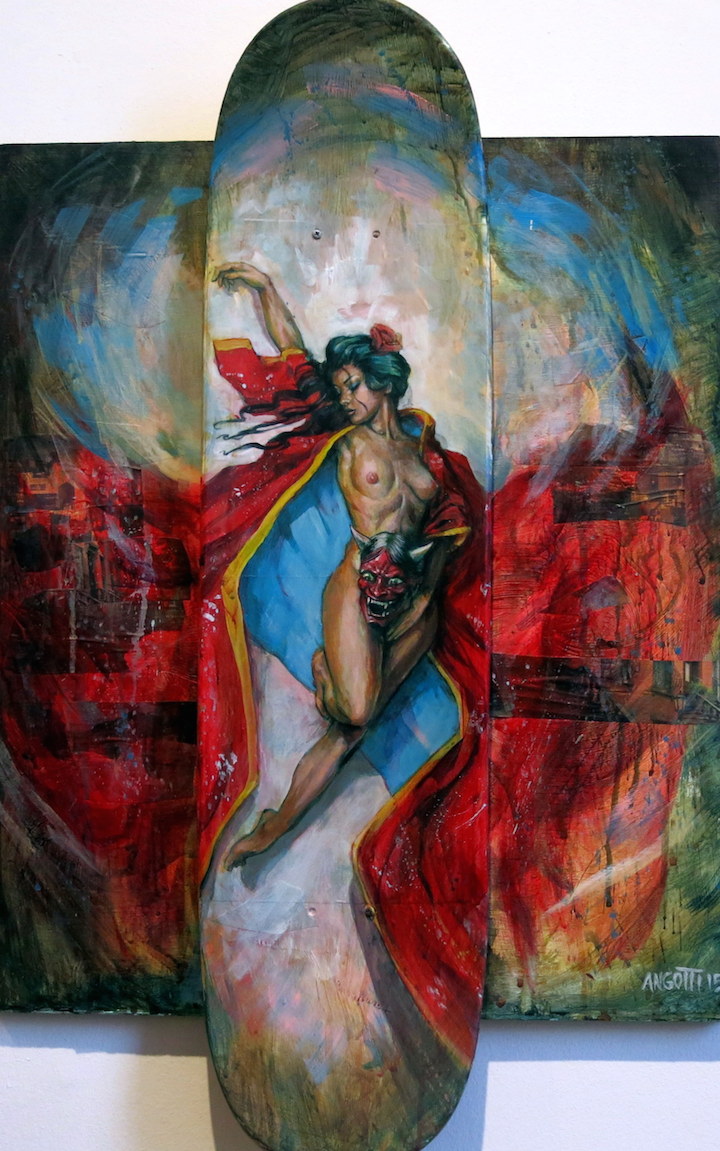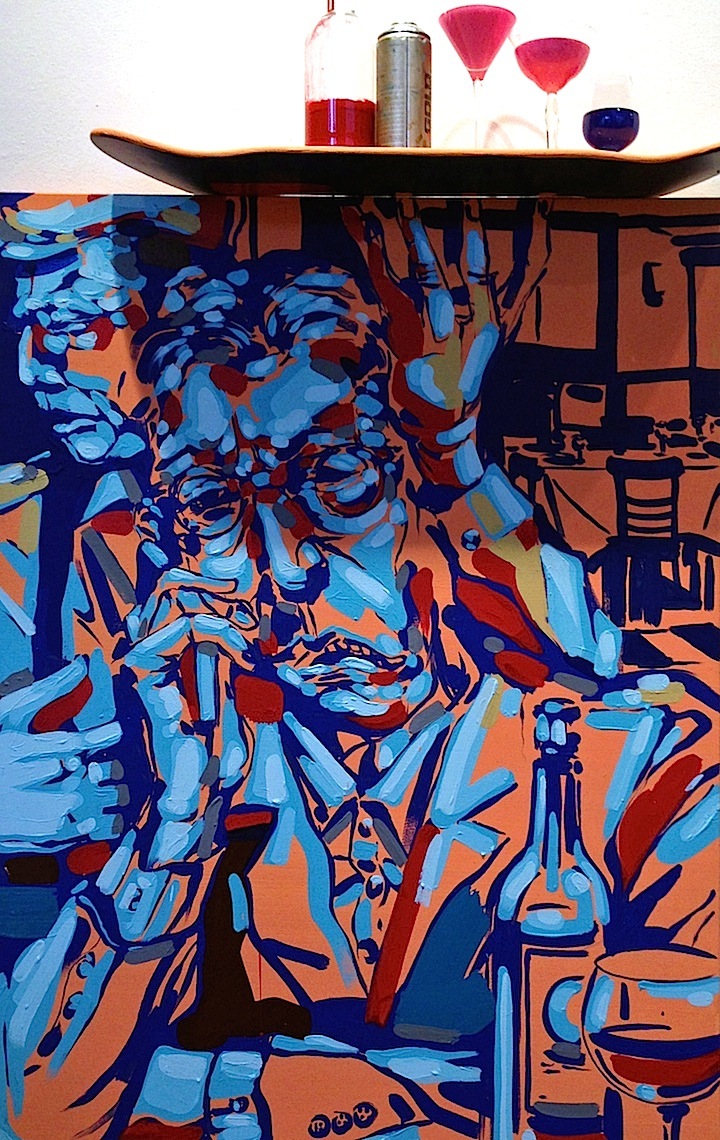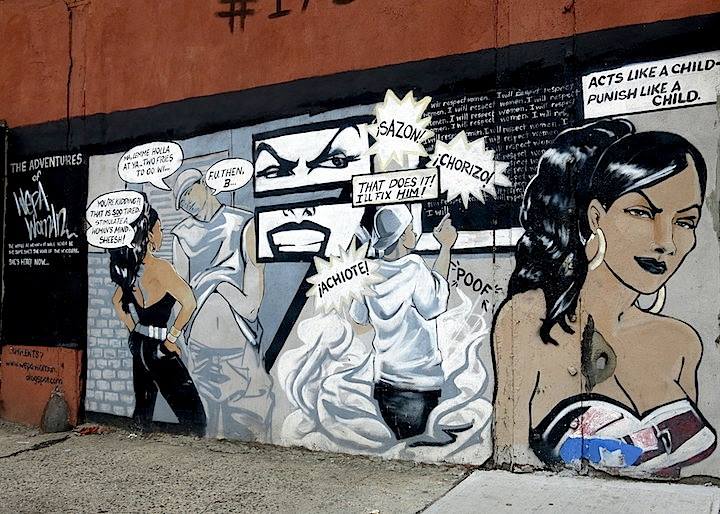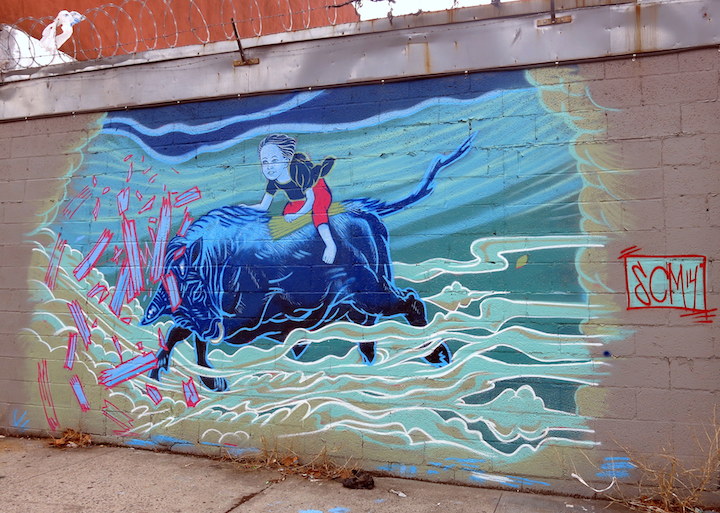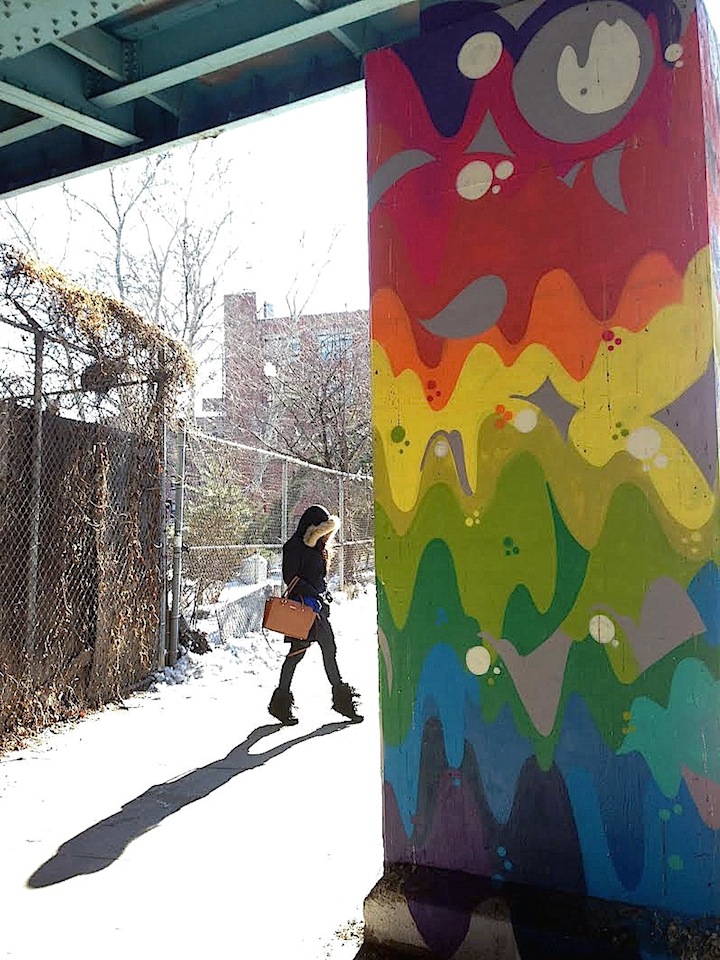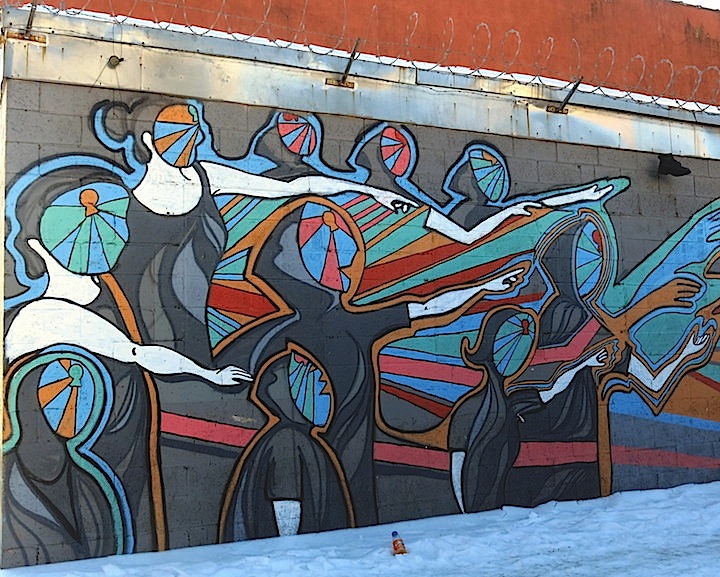An impassioned graffiti artist, Stockholm native Scratch is the only female to have painted at the legendary Graffiti Hall of Fame for four consecutive years. Last year, together with her writing partner, Lady K Fever, she founded The Bronx Graffiti Art Gallery an outdoor public art space featuring several internationally acclaimed graffiti artists. Scratch‘s public works can be seen in the Bronx, East Harlem and in Upper Manhattan.
When and where did you first get up?
I was 14 when I first painted in my native city of Stockholm. But I was a toy back then!
What were the circumstances?
The Swedish town I was living in at the time had become concerned about its “graffiti problem.” And so the government decided to establish a “graffiti school,” where we would be taught to paint in legal venues. I just wanted a space and free paint.
What was that experience like?
There were no formal classes, so we were free to learn from each other. And of course just about everyone who attended improved their skills and continued to painting illegally! I was the only girl who showed up.
Were there any artists who inspired you back then?
Yes! There was Brain – who taught at the “graffiti school.” He was a major inspiration. And others who inspired me were Circle, Ward, Ziggy & Dizzy and Zappo.
Did you do anything risky back then?
One Christmas morning – when all the shutters were down – I went out and bombed just about every store on my town’s main street.
That does sound risky! Why were you willing to take that kind of risk?
I was only 14; I didn’t really think about the consequences of my actions.
You moved to NYC in 1998 to work as a graphic designer. When did you begin painting graffiti here? And what got you back into it?
I hadn’t painted for many years. And then one day, as I was riding the 7 train into Flushing, I passed 5Pointz. I couldn’t believe my eyes! A few days later, I went back to check it out, and that was it! I was hooked again. That was back in 2008.
What was it like for you at 5Pointz?
It was great. Meres is an amazing teacher, and just about all the writers I met there were kind and helpful.
Any thoughts on the graffiti/ street art divide?
Graffiti and street art are very different. There may be some crossover, but they will remain distinct art forms. Graffiti is still identified with vandalism, and street artists get far more respect and recognition than do graffiti writers. But graffiti – to me – is stronger. It is more honest and direct.
How do you feel about the movement of graffiti into galleries? Have you shown your work in galleries?
Graffiti wasn’t intended to be painted on a canvas. Sometimes it works; other times it doesn’t. But I have no problem with it. Yes, I’ve shown in a number of galleries.
What about the corporate world? Any thoughts about that?
I’m used to it. My background is in advertising.
Do you prefer working alone or collaborating with others?
I often work alone, but I’ve collaborated with Lady K Fever, and I assisted Kingbee and Vase at the Graffiti Hall of Fame. I like both! I look forward to collaborating more with other artists.
How do you feel about the role of the Internet in this scene?
I feel positive about it. I get to see artworks I would never, otherwise, get to see
Do you have a formal arts education?
No, my background is in advertising and marketing. I studied at Pace University.
What inspires you these days?
Fantasy. I’m a huge fan of Lord of the Rings.
Are there any particular cultures you feel influenced your aesthetic?
I’d have to say the early graffiti writers in Sweden. But there they are referred to as graffiti painters – not writers!
Do you work with a sketch in your hand or do you let it flow?
Yes. I always have some kind of sketch with me when I paint.
Are you generally satisfied with your work?
No! I always want to change it.
How has your work evolved in the past few years?
It’s gotten better. It’s more detailed.
What do you see as the role of the artist in society?
To share his or her story with others.
What’s ahead for you?
More walls and huge productions. And also more opportunities to show my work.
Note: You can meet Scratch, along with other members of the The Bronx Graffiti Art Gallery, tomorrow from 6 – 8pm at the spray can art show at Scrap Yard at 300 West Broadway between Grand and Canal Streets.
Interview by Lois Stavsky; photos 1, 3 & 4 courtesy of Scratch 2. Lois Stavsky, and 5, Dani Reyes Mozeson
{ 1 comment }
